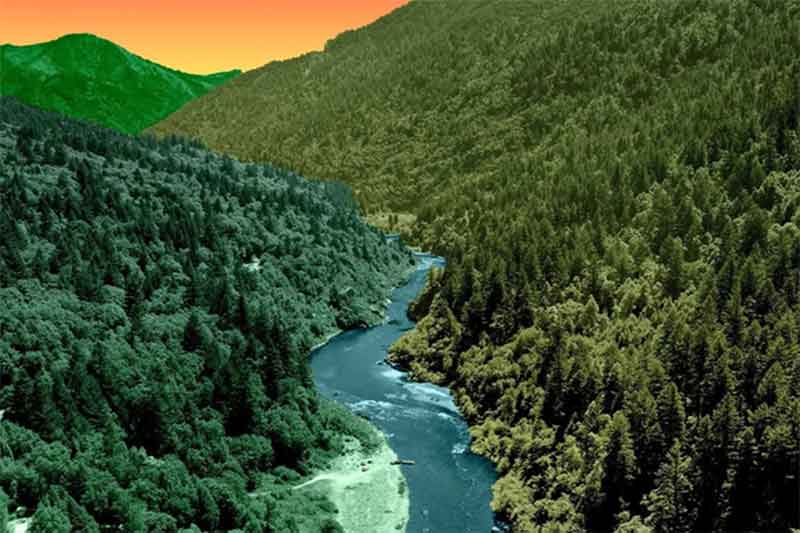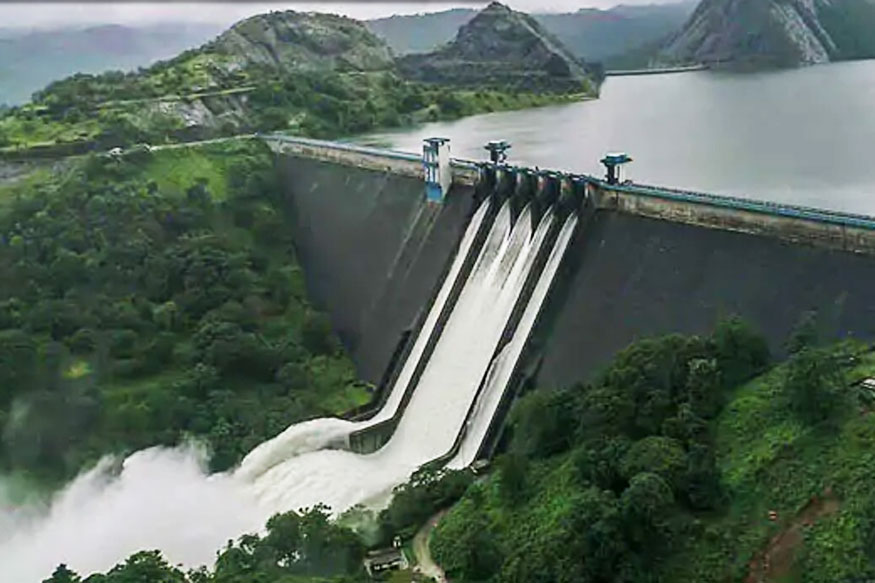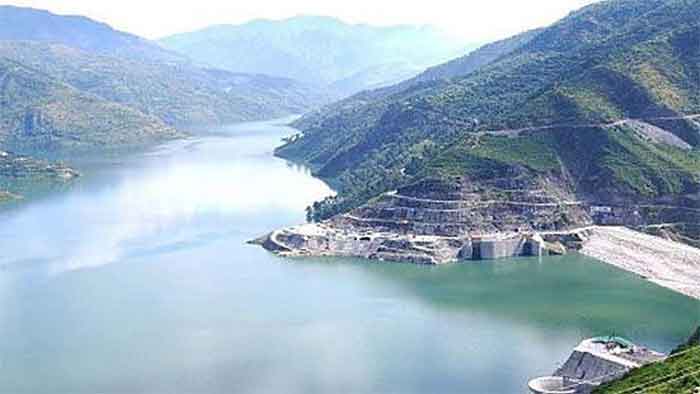
There has been an increasing, welcome trend in many parts of world for seeking a better, unbiased and more comprehensive understanding of real-life impacts of large dams. This is to a substantial part driven by the actual experience of several leading and highly publicized dam projects which turned out to be very different from the rosy promises made earlier.
The displacement caused by many dam projects has been not only very high but in fact has even turned to be significantly higher than original estimates. There have often been several indirect displacements other than the direct displacement. The initial promises of satisfactory rehabilitation often made to dam evictees are not fulfilled. In the Sardar Sarovar Project on the Narmada river, the majority of displaced people were from Madhya Pradesh and the earlier promise of land-for-land made to them was not fulfilled at all. Instead only cash compensation was paid and there was so much corruption even in this that a special commission—the Jha Commission—had to be appointed to investigate it. The Morse Committee report had predicted much in advance, on the basis of its detailed study, that the promised rehabilitation is not possible, something which turned out to be entirely correct in the case of a big majority of dam evictees. Often some of the most fertile farmlands of concerned regions have been lost in the submergence zones of dam reservoirs, and along with them sustainable livelihoods and bountiful food producing systems have been submerged too. There are other adverse upstream impacts as well.
The destruction of forests and biodiversity has been immense. The upcoming Ken-Betwa link project involves the axing of 2.3 million trees (recent estimates are even higher), while its basic viability is not assured at all. In most evaluations trees lost to power lines have not been counted. In Latin America studies say Tucurui dam caused a 60% loss in fisheries while Itaipu dam resulted in 70% loss in biodiversity.
Loss of water quality including very serious deterioration with health impacts has been reported from reservoirs, particularly those affected by algae blooms, as well as bottom level water released from turbines, which may have harmful excess of minerals. When fresh, free flowing water is spread out in still form over dam reservoirs, there is not only quality loss but also substantial quantity lost due to higher evaporation rates.
In its downstream reach river gets depleted of water as well as sediments. Fertile silt is denied to fields and water to floodplain aquifers. In lean season this results in severe water scarcity for people and animals, higher pollution levels and sometimes even fish deaths. At a time of heavy rains the river may suddenly get heavy sudden release of water from dams which can cause very destructive floods. In fact some of the most destructive floods in recent times have been caused by excess release of water, which is also related to inadequacies in dam management. The sediment-free water has higher capacity or ‘hunger’ for causing land-erosion and the problem of land erosion is in fact increasing very fast. When the dammed river meets the sea, lack of adequate water and its lesser pressure in lean season can lead to intrusion of salt water, threatening coastal water supply and ecology, while absence of adequate sediments in it can harm marine ecology and biodiversity.
At the same time the hydro-power generation capacity of many publicized projects has been often found to be much lower than projected, not just during the low rainfall months but sometimes also during periods of heavy rainfall, either due to excessive silt brought by water or due to damage to projects themselves.
Despite all this, however, the dam construction lobby cleverly used the recent concern over fossil fuels to push for increase in dam construction. This is ill-advised, as it is well-known that vast forests have been denied their GHG absorbing role due to their submergence in dam reservoirs, while at the same time submerged vegetation rotting in these dam reservoirs releases frightening amounts of methane , a powerful GHG gas, adding up to about 1 billion tons of GHG emissions a year.
Many dams have serious safety issues,which increase greatly in times of heavy rains and earthquakes, while there is also the phenomenon of reservoir-induced seismicity, or RIS, which is itself a serious risk in some cases. Tens of thousands have been killed in dam failures all over the world ( there were 200 notable dam failures between 2000-2009 and 170,000 are reported to have been killed in a single such tragedy–the Banqiao dam failure in China) and no less in the more frequent, high risk flash floods caused by the sudden releases of vast quantities of water to avoid the risk of dam failure.
Movements like the Narmada Bachao Andolan (NBA—Save the Narmada) and the Anti-Tehri Dam Struggle deserve great credit for drawing attention to these aspects, paving the way for a more comprehensive understanding of impacts of dams. Instead of acknowledging this contribution, narrow-minded interests never cease to spread disinformation about such movements and their activists who actually have a great record of serving people. The latest of such efforts can be seen in the form of a very recent article where the writer laments that Medha Patkar fooled thousands of people while opposing the Sardar Sarovar dam but she was wrong, adding that they should be angry. ( See Sunday Times of India, August 4, 2022,– ‘ Medha Patkar was wrong about Narmada project’). The proof the writer offers is his study funded by the London School of Economics (LSE). In fact even the study results quoted by him show 54% of the resettled tribals saying that they would rather be back in the forest! The bigger point ignored by this article is that a clear majority never got the promised land for land and even the cash compensation given to them involved so many irregularities that a commission had to be appointed to investigate this. Another issue is whether researchers funded by LSE are encouraged/authorized by the reputed institute to use incomplete, selective research to trash the most respectable social activists, that too women who are in poor health and are facing endless harassment by the authorities. This may be taken up further by those in the academic community concerned with ethical issues.
Bharat Dogra is Honorary Convener, Campaign to Save Earth Now. His recent books include A Day in 2071, Planet in Peril, Man over Machine and Protecting Earth for Children.














































